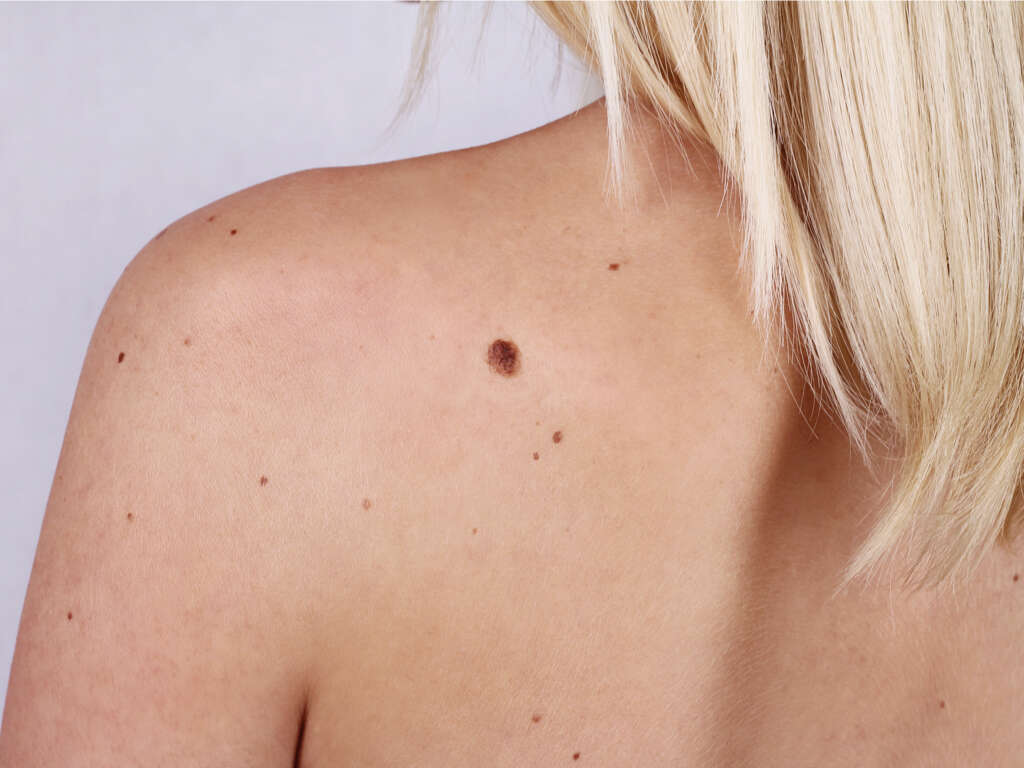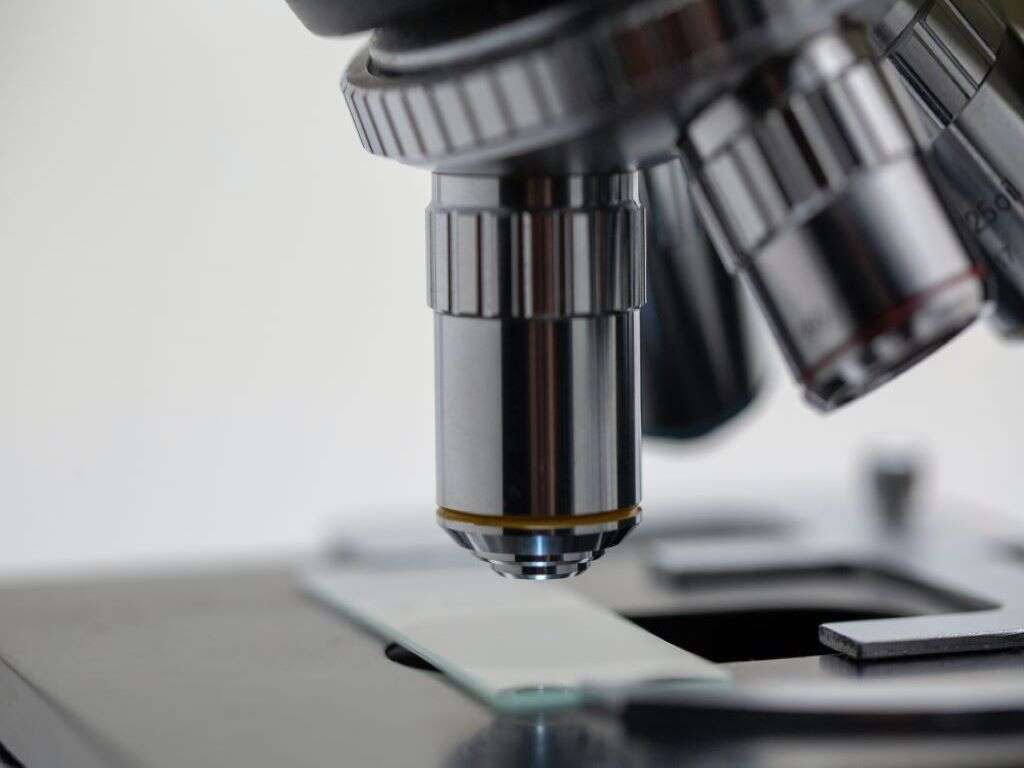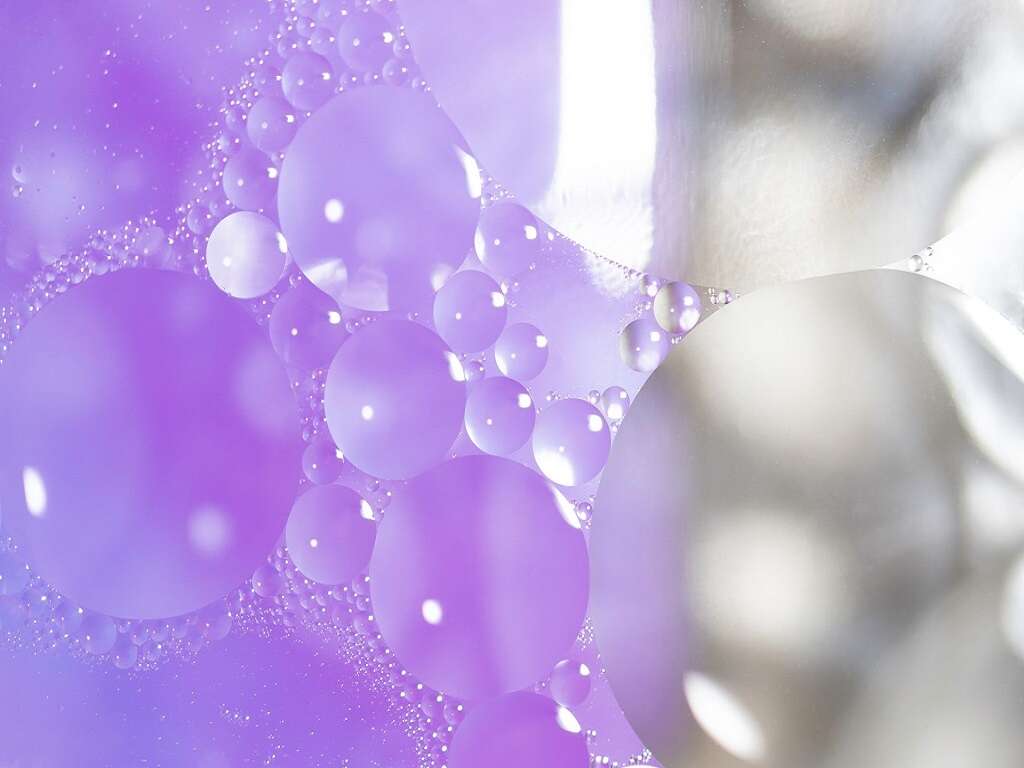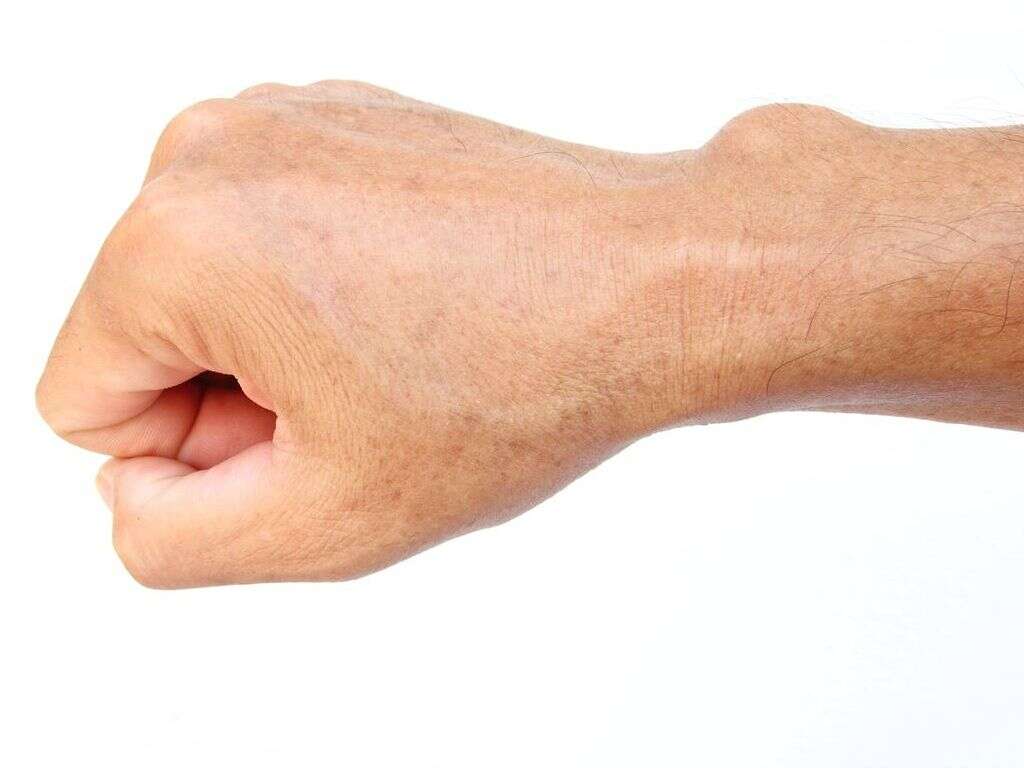What Causes Moles?
4. Contributing Factors
Genetic factors have also been thought to play a role in the development of some melanocytic nevi. Some families with an autosomal dominant condition such as the familial atypical multiple mole and melanoma syndrome or dysplastic nevus syndrome have family members with a large number of large moles.
Moles have also been observed to develop after blistering events such as severe sunburns, genetic blistering diseases (epidermolysis bullosa), toxic epidermal necrolysis, and second degree thermal burns. Growth factors have also been thought to be contribute to the stimulation of melanocyte proliferation. As previously mentioned, moles present at birth are thought to be due to an anomaly during development where there is error in the migration of the melanocytes.
Advertisement











